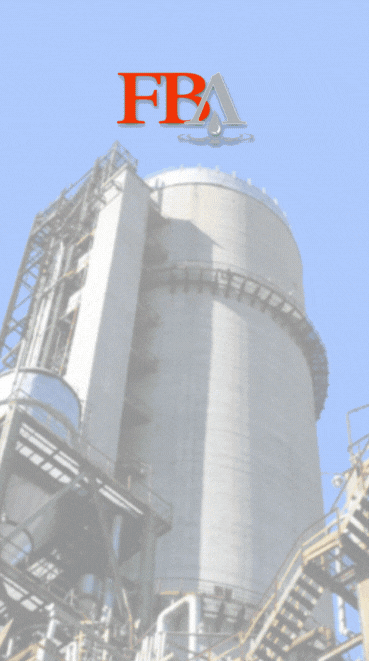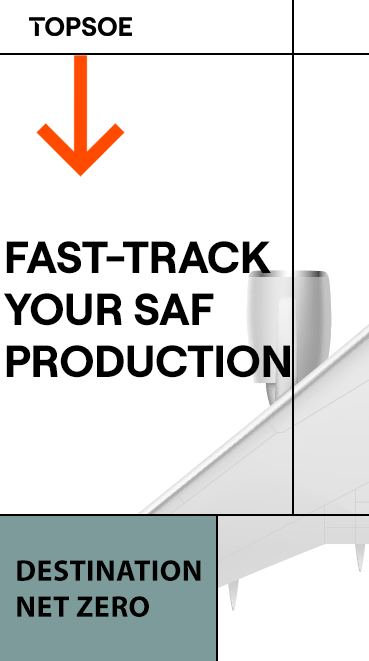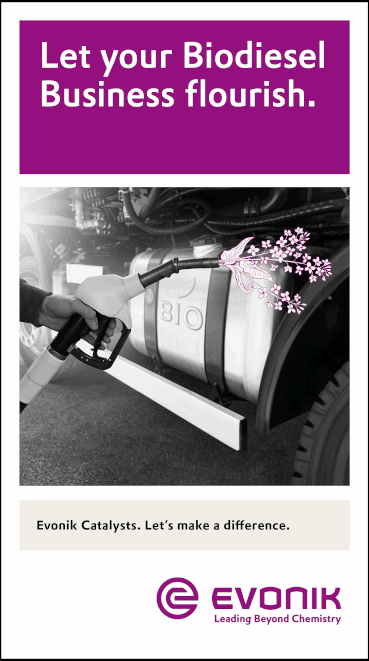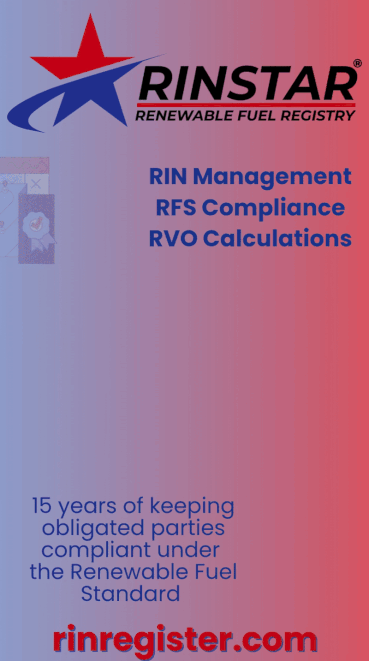Minnesota Pollution Control Agency gives $75,000 to University of Minnesota for SAF research
- Minnesota Pollution Control Agency
- 17 minutes ago
- 4 min read

Camelina is what’s considered an ancient crop, one that Europeans cultivated thousands of years ago.
It’s also considered an orphan crop, displaced by other more successful oilseeds like canola.
With a $75,000 grant from the Minnesota Pollution Control Agency, however, the University of Minnesota’s Forever Green Initiative intends to make it a crop of the future that will help Minnesota develop a sustainable aviation fuel (SAF) industry.
“Minnesota has the right reasons to lead on sustainable aviation fuel—a track record of environmental leadership, smart tax incentives and a strong infrastructure,” said MPCA Commissioner Katrina Kessler, chair of the Governor’s Climate Change Subcabinet. “The MPCA is proud to invest in research that will help Minnesota grow a sustainable aviation fuel industry on our own soil from the ground up.”
Growing interest in growing camelina
One of over 15 crops the Forever Green Initiative is developing—and one of dozens of potential sources of SAF—winter camelina has already generated a good deal of interest among Minnesota’s farmers for two big reasons, according to Mitch Hunter, the co-director of the initiative.
One, its tiny seeds produce a relatively high amount of an oil that can be crushed into cooking oil or further refined and blended to create jet fuel.
This resulting SAF can be used in planes flying now without modifications, making it one of the highest-impact near-term strategies to cut emissions from the aviation sector.
According to the U.S. DOE, SAF can reduce aviation emissions by up to 94 percent.
Two, because it’s planted in the fall and harvested in the spring, hardy winter camelina makes for an excellent cover crop, one that provides farmers another source of revenue to supplement their income while protecting soil health and water quality.
According to Hunter, camelina can reduce soil erosion by up to 80 percent and nitrate leaching by up to 90 percent.
As if all that weren’t enough, camelina blooms early in the spring, Hunter said, making it a resource for pollinators just waking up from their winter naps.
Camelina is on the first leg of its commercialization journey in Minnesota and the wider region.
“Farmers are already getting bags of seed and selling crops,” Hunter said.
On-farm pilots of camelina have grown rapidly since the first was planted in 2021—up to about 5,000 acres this year—and the first commercial flight fueled in part by camelina grown in Minnesota flew from MSP to La Guardia last September.
There’s still work to do before camelina takes off as a “cash cover crop,” as Hunter put it.
He said if farmers across the region grow at least 1 million acres of camelina by 2035, the crop should have a steady flight path.
To reach that goal, though, the Forever Green Initiative will need to “pull out all the stops” in terms of continued research, education and outreach, figuring out risk management for the crop, determining supply-chain needs and regulatory barriers, and building market demand.
The MPCA grant will help the initiative create what Hunter called a “road map” to get to that million-acre goal.
“We are grateful that the state of Minnesota sees the potential of winter camelina to simultaneously help our farmers, environment, economy and climate," Hunter said. “Minnesota is lucky to have partnerships across governments, businesses, academic institutions and nonprofits that are driving Minnesota forward as a leader on sustainable aviation fuel.”
Scaling up SAF
SAF remains in its infancy not just in Minnesota but in general.
Of the billions of gallons of jet fuel the industry uses every year, about 25 million gallons—less than 0.1 percent—is considered sustainable.
Burning those billions of gallons of jet fuel in air travel has a big impact on the planet.
According to DOE, aviation accounts for 2 percent to 3 percent of all carbon-dioxide emissions worldwide.
That’s one reason why Minnesota has taken steps to build its SAF industry.
In 2023, the state partnered with Greater MSP, the regional economic-development partnership for Minneapolis and Saint Paul, to launch the Minnesota Sustainable Aviation Fuel Hub, focused on scaling the industry up to meet its demands for SAF.
Also in 2023, the state passed a tax credit of $1.50 per gallon for producers and blenders of SAF.
Gov. Tim Walz’s 2025 budget builds on that with a comprehensive SAF funding and policy package with an ask of $20 million over the next 10 years for tax credits that will promote SAF production in Minnesota.
The state is also focusing on a strategy of “recruit, review and regulate” to build that SAF industry:
Recruit—the state will attract SAF producers by providing regulatory clarity, aligning incentives and working with supply-chain and development partners to support industry growth.
Review—state agencies will assess potential SAF production proposals to weigh their climate benefits and ensure impacts on water, air, and soil quality are fully understood.
Regulate—Minnesota will create a clear and effective permitting process that ensures environmental protections and business transparency.
This strategy will inform a roadmap for the development of the SAF industry that will guide state agencies and businesses.
The roadmap is expected to be completed this year.

























-RKstandin.jpg)





